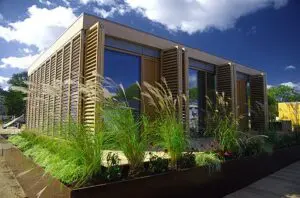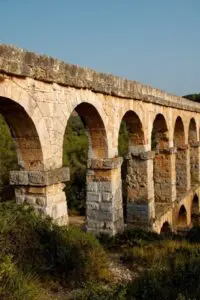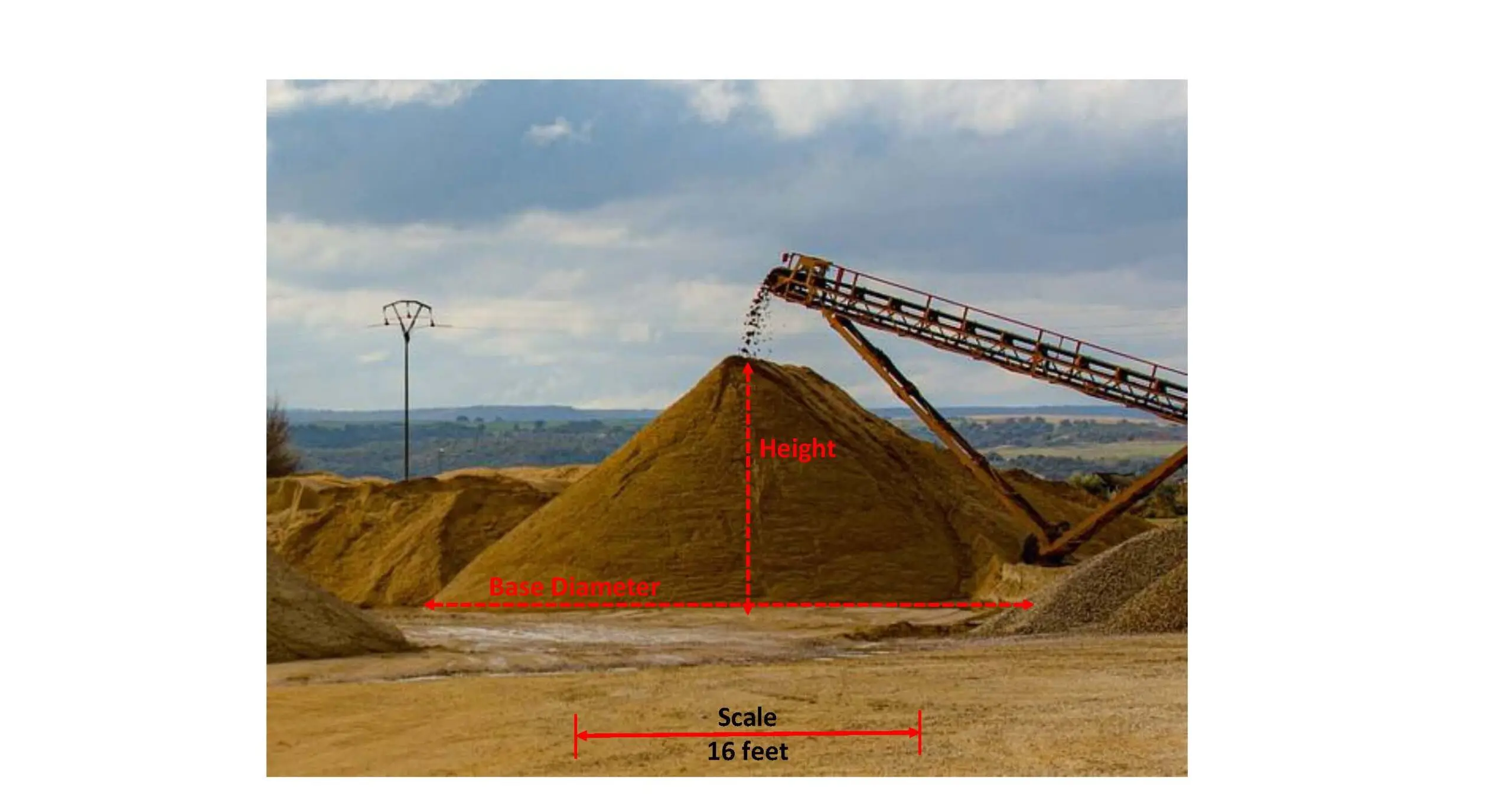Materials
Introduce
Instructions
STEM Connections
Extensions
NGSS Standards










11 Comments
Genial la forma de trabajar conceptos de ingeniería con loa estudiantes.